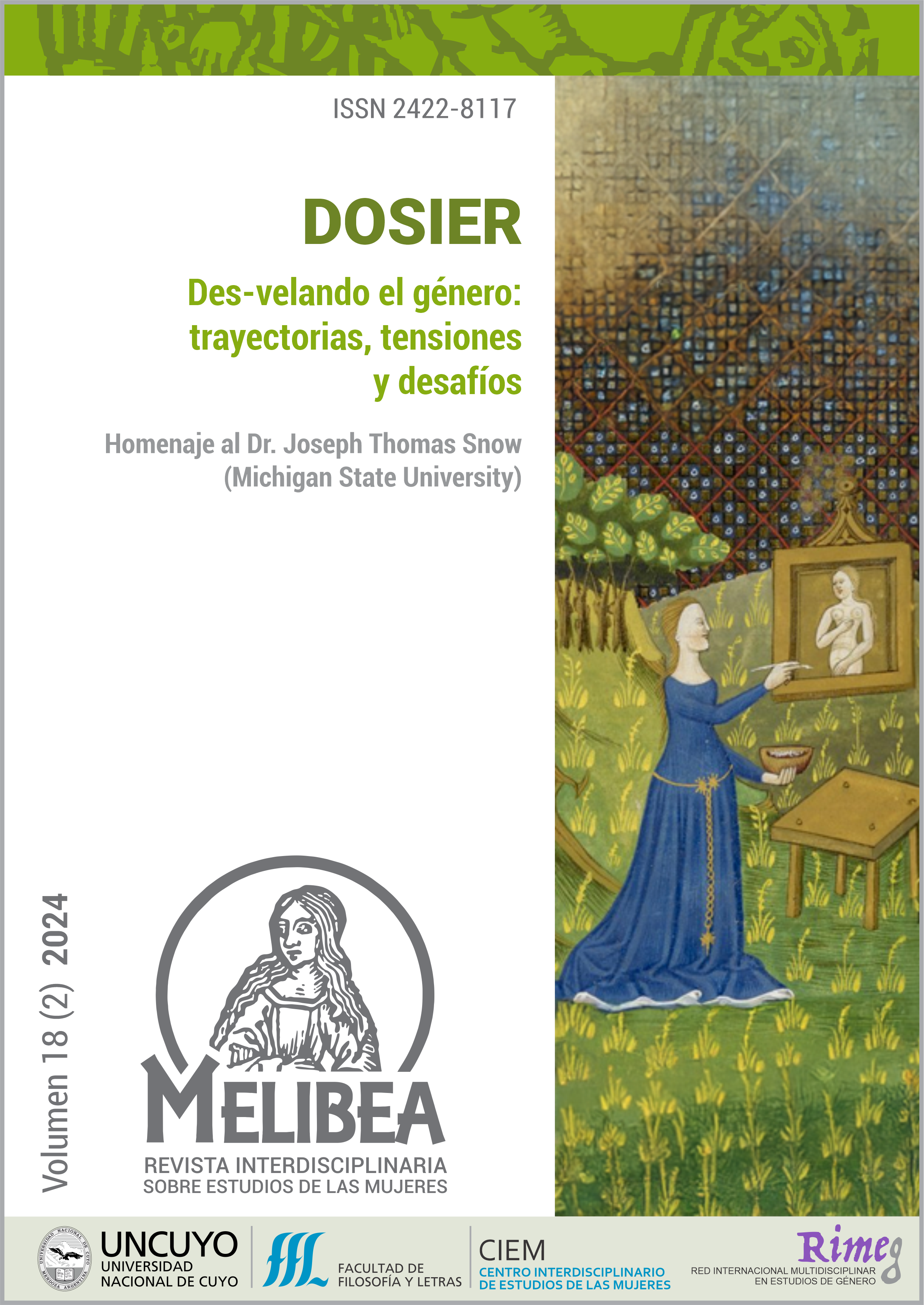The Representation of the Feminine (Mythocriticism) in the Episodes of the del Caballero Atrevido and the Islas dotadas from the Libro del Caballero Zifar
Keywords:
Mythocriticism, nocturnal regime, monomyth, representation of the medieval feminine, mythemes of the nocturnal regimeAbstract
The fantasy chapters (mirabilia) of the Libro del Caballero Zifar that we propose to analyze (the adventure of the Caballero Atrevido and the journey of Roboán to the Islas dotadas), have in common that both knights are subject to a process of trials imposed by a beautiful, rich and powerful maiden. In addition, the devil appears to both of them transfigured into a beautiful woman; and finally, the knights are expelled from those worlds, which are accessed through water (another feminine element). Also, each chapter aims to show as an exemplum about the sins of avarice and betrayal.
For this study, the concept of mytheme proposed by Gilbert Durand in The Anthropological Structures of the Imaginary (1981) will be used in order to identify the mythemes associated with the nocturnal regime, which includes, among other elements, the feminine, the intimate, the mother, the earth, such as: the cave, the cups, the boat, the castles, etc.
As a proposal, we can say that the indoctrination of sins would be associated with mythemes of the nocturnal regime that keep the knight inside and in contact with mother earth. In this way, it will be possible to understand how the teaching of these sins is mainly constituted by mythemes of the nocturnal regime related to the medieval female representation.
References
Bachelard, G. (1978). El agua y los sueños: ensayo sobre la imaginación de la materia, (Trad. I. Vitale). Fondo de Cultura Económica.
Burke, J. F. (1972). History and Vision. The Figural Structure of the “Libro del Caballero Zifar”. Tamesis.
Campbell, J. (1959). El héroe de las mil caras. Psicoanálisis del mito (Trad. L. J. Hernández). Fondo de Cultura Económica.
Durand, G. (1981). Las estructuras antropológicas de lo imaginario. Taurus.
González, C. (1981). Estructura y significación del “Libro del Cavallero Zifar” [Tesis de doctorado]. Universidad de Indiana.
González. C. (Ed.) (1983). Libro del Caballero Zifar. Cátedra.
Le Goff, J. y Schmitt, J. C. (2006). Diccionario razonado del Occidente Medieval. Akal.
Luna Mariscal, K. X. (29 de mayo de 2023). Comunicación personal.
Patch, H. R. (1950). The Other World: According to Descriptions in Medieval Literature. Harvard Univ. Press.
Puig i Tàrrech, A. (2008). Los Evangelios Apócrifos. Ariel. Ruiz de Conde, J. (1948). El amor y el matrimonio secreto en los libros de caballerías. Aguilar.
Downloads
Published
How to Cite
Issue
Section
License
Copyright (c) 2024 Casandra Deyanira Álvarez García

This work is licensed under a Creative Commons Attribution-NonCommercial 4.0 International License.
Esta obra está bajo una Licencia Creative Commons Atribución-NoComercial 4.0 Internacional.
Los/as autores/as que publican en esta revista están de acuerdo con los siguientes términos:
1. Los/as autores conservan los derechos de autor y garantizan a la revista el derecho de ser la primera publicaci´´ón del trabajo bajo una licencia Creative Commons Atribución-NoComercial 4.0 Internacional. Por esto pueden compartir el trabajo con la referencia explícita de la publicación original en esta revista.
2. Revista Melibea permite y anima a los autores a difundir la publicación realizada electrónicamente, a través de su enlace y/o de la versión postprint del archivo descargado de forma independiente.






